John Baskerville (1706-1775) was forty-four when he gave up engraving to establish his own printing business. He developed a beautiful typeface and new recipes for ink. To print his delicate new font, Baskerville needed a “kiss impression,” that is, a clean image on the paper made with the least amount of pressure possible from the plate. This required a smooth, uniform surface and so, Baskerville had James Whatman the Elder (1702-1759) refine his paper moulds and papermaking process to create such a paper. The first book to use Baskerville’s refined type and Whatman’s new wove paper was a book of Virgil’s poetry published in 1757.
For whatever reason, part of the Virgil was printed with laid and part with these new wove papers. Click on the image of a page of notes above to see laid paper. Then, click on the text page below, from further into the volume, to see an example of wove paper.
As my predecessor Dale Roylance pointed out, Baskerville “created 54 of the most beautifully printed books in the English language.” In 1981, the graphic arts collection was the grateful recipient of 43 of Baskerville’s 54 books, given by Archibald S. Alexander, class of 1928. In total, Princeton now holds six copies of the first edition of the Baskerville Virgil, along with five of the second edition including two in the graphic arts Baskerville collection.
Note, Philip Gaskell’s bibliography of Baskerville books has been updated, at least concerning his Virgils, by Craig Kallendorf in his A Catalogue of the Junius Spencer Morgan Collection of Virgil in the Princeton University Library (New Castle, Del.: Oak Knoll Press, 2009) Classics Collection (Clas). Firestone Oversize Z8932 .K36 2009q.
See also Frank Ernest Pardoe, John Baskerville of Birmingham: letter-founder and printer (London: F. Muller, 1975) Graphic Arts Collection (GA) Z232.B2 P37 1975
A wonderful exhibition on the development of Whatman paper was mounted by Yale’s Center for British Art; see the press release http://ycba.yale.edu/information/pdfs/mediakits/06-whatman.pdf
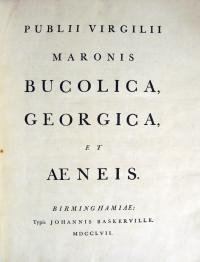
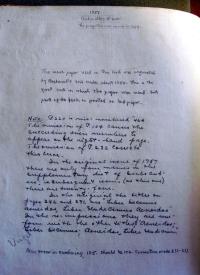
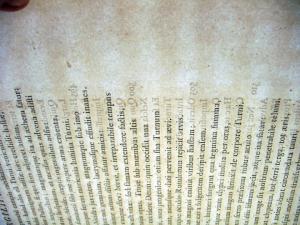
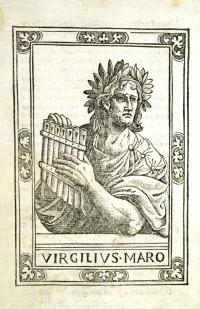
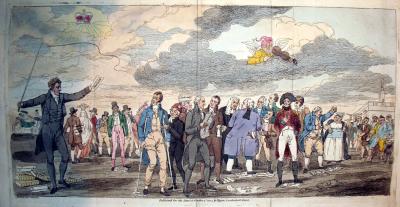

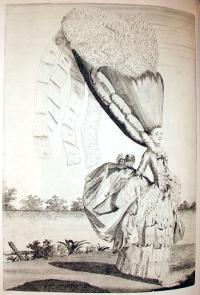
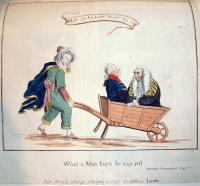
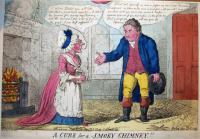
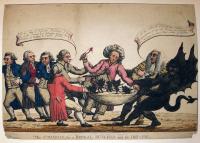
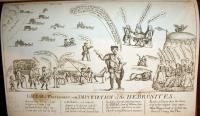
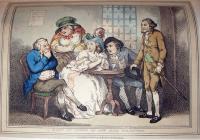
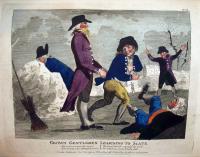
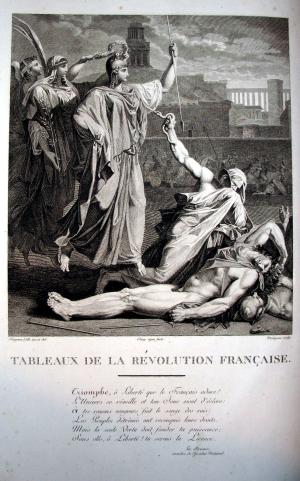
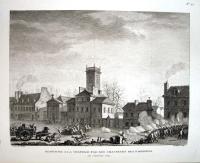
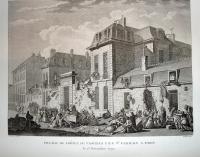
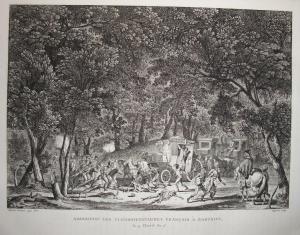
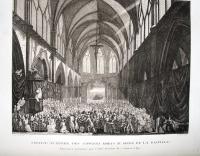
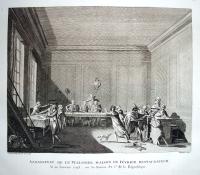
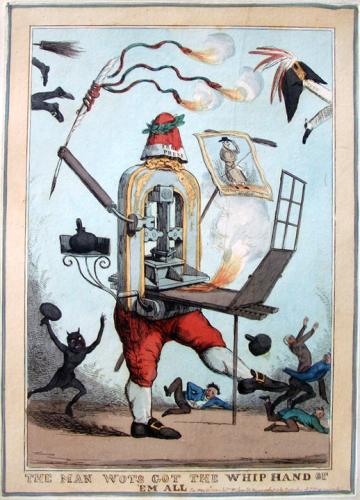
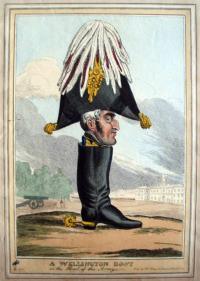
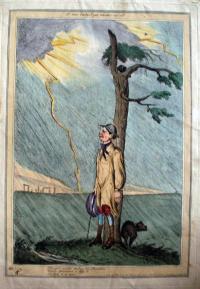
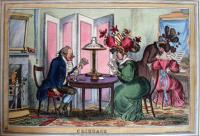
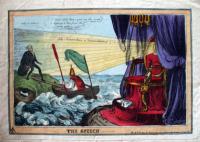
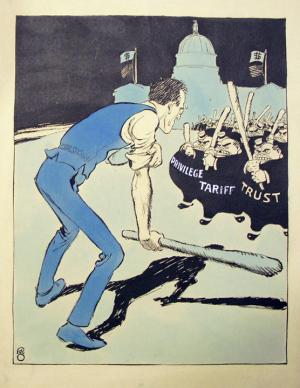
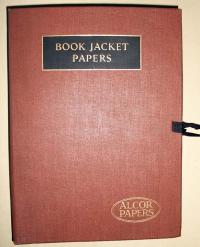
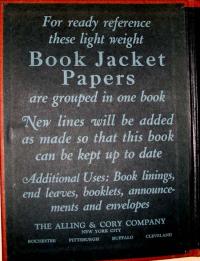
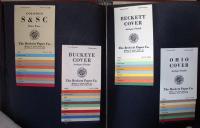
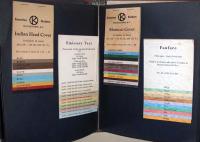
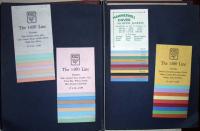
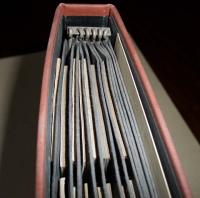
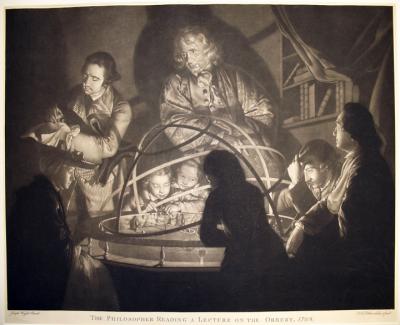
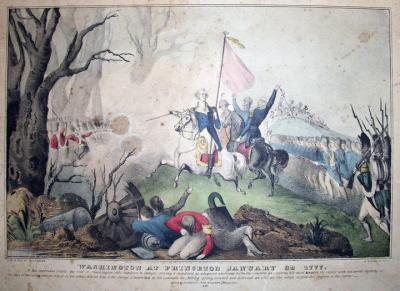
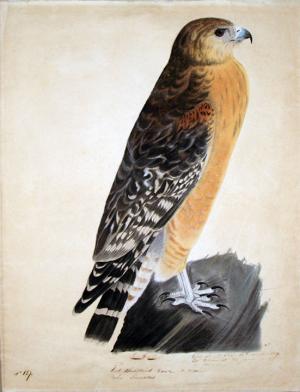
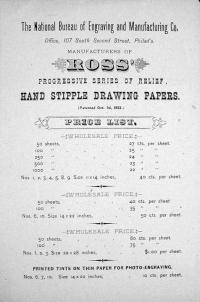
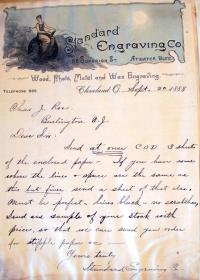
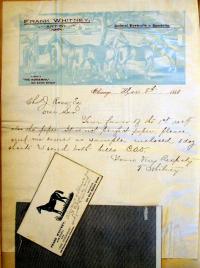
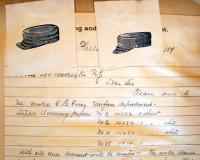
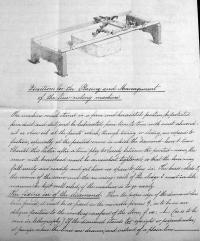
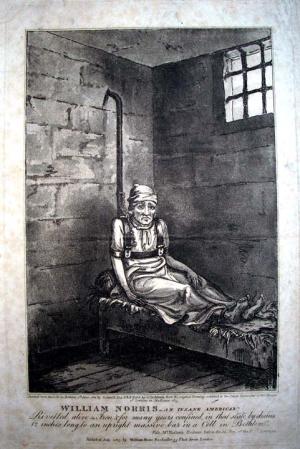
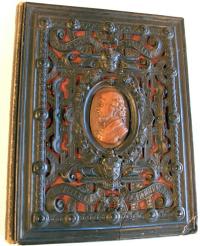
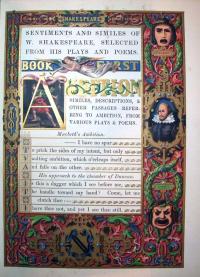
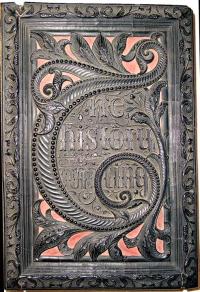
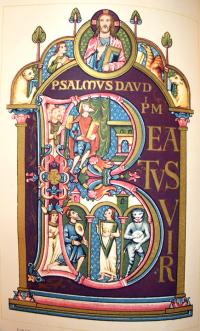
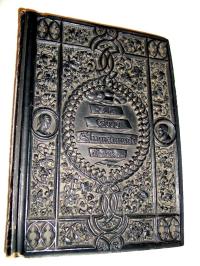
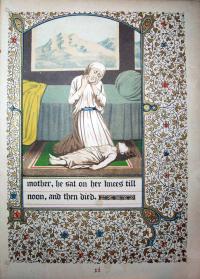
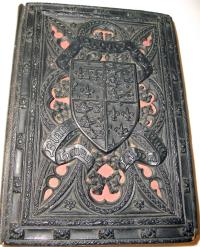
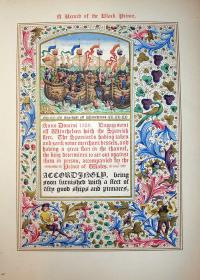
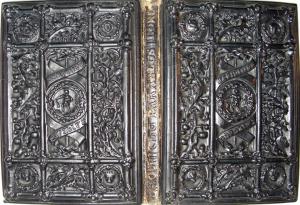
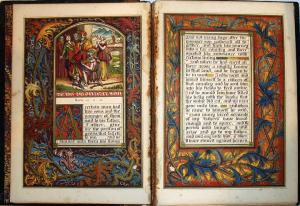
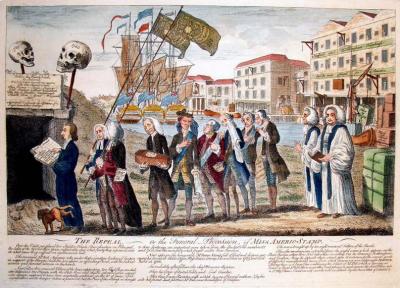
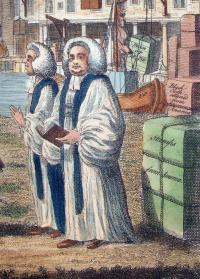
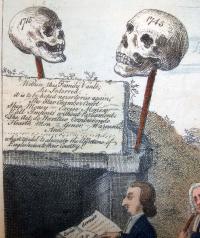
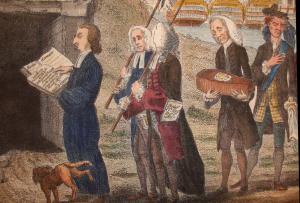
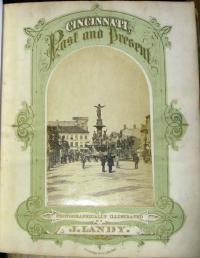
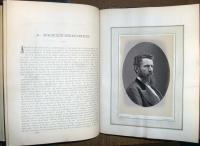
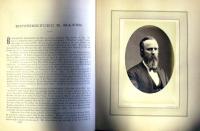
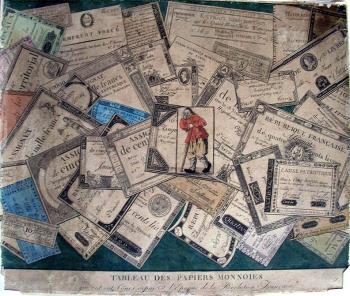
Recent Comments